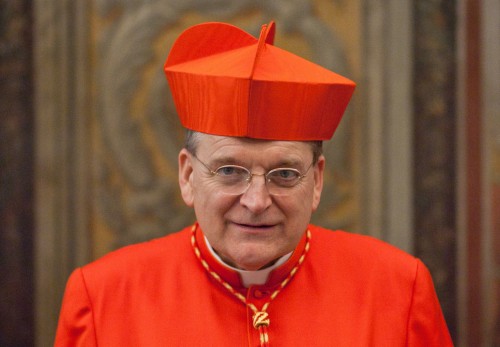Last year I reviewed quite a few books, including several that IMO are extremely important and well-written. Here’s the list:
The Caine Mutiny. The movie, which just about everyone has seen, is very good. The book is even better. I cited the 1952 Commentary review, which has interesting thoughts on intellectuals and the responsibilities of power.
To the Last Salute. Captain von Trapp, best known as the father in “The Sound of Music,” wrote this memoir of his service as an Austrian submarine commander in the First World War–Austria of course being one of the Central Powers and hence an enemy to Britain, France, and the United States. An interesting and pretty well-written book, and a useful reminder that there are enemies, and then there are enemies.
That Hideous Strength. An important and intriguing novel by C S Lewis. As I said in the review, there is something in this book to offend almost everybody. So, by the standards now becoming current in most American universities, the book–and even my review of it–should by read by no one at all.
The Cruel Coast. A German submarine, damaged after an encounter with a British destroyer, puts in at a remote Irish island for repairs. Most of the islanders, with inherited anti-British attitudes, tend toward sympathy with the German: one woman, though, has a clearer understanding of the real issues in the war.
Nice Work. At Chicago Boyz, we’ve often discussed the shortage of novels that deal realistically with work. This is such a novel: an expert in 19th-century British industrial novels–who is a professor, a feminist, and a deconstructionist–finds herself in an actual factory. Very well done.
Menace in Europe. Now more than ever, Claire Berlinski’s analysis of the problems in today’s Europe needs to be widely read.
A Time of Gifts. In late 1933, Patrick Fermorthen 18 years oldundertook to travel from the Holland to Istanbul, on foot. The story of his journey is told in three books, of which this is the first. This is not just travel writing, it is the record of what was still to a considerable extent the Old Europewith horsedrawn wagons, woodcutters, barons and castles, Gypsies and Jews in considerable numbersshortly before it was to largely disappear.
The Year of the French. The writer, commentator, and former soldier Ralph Peters calls this book “the finest historical novel written in English, at least in the twentieth century.”

